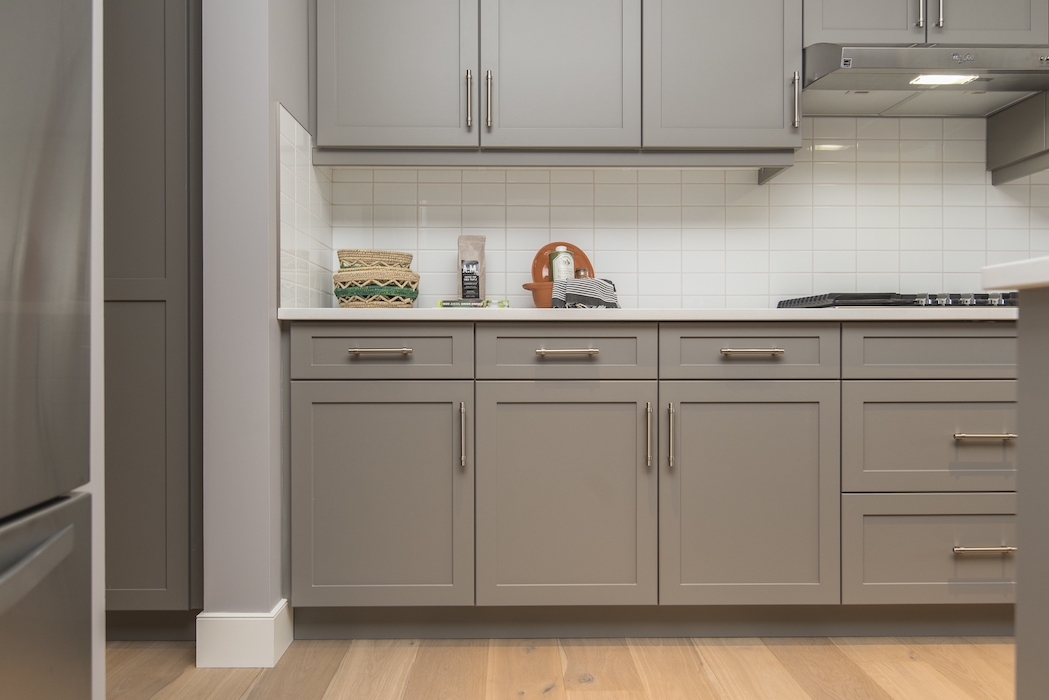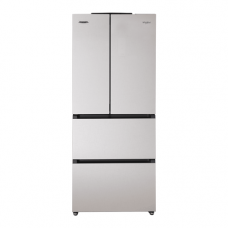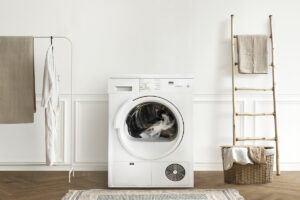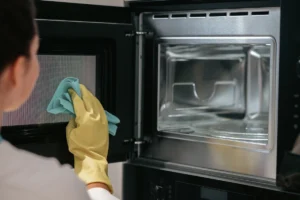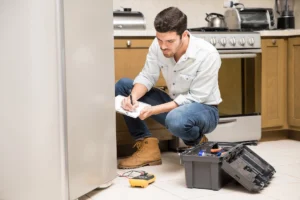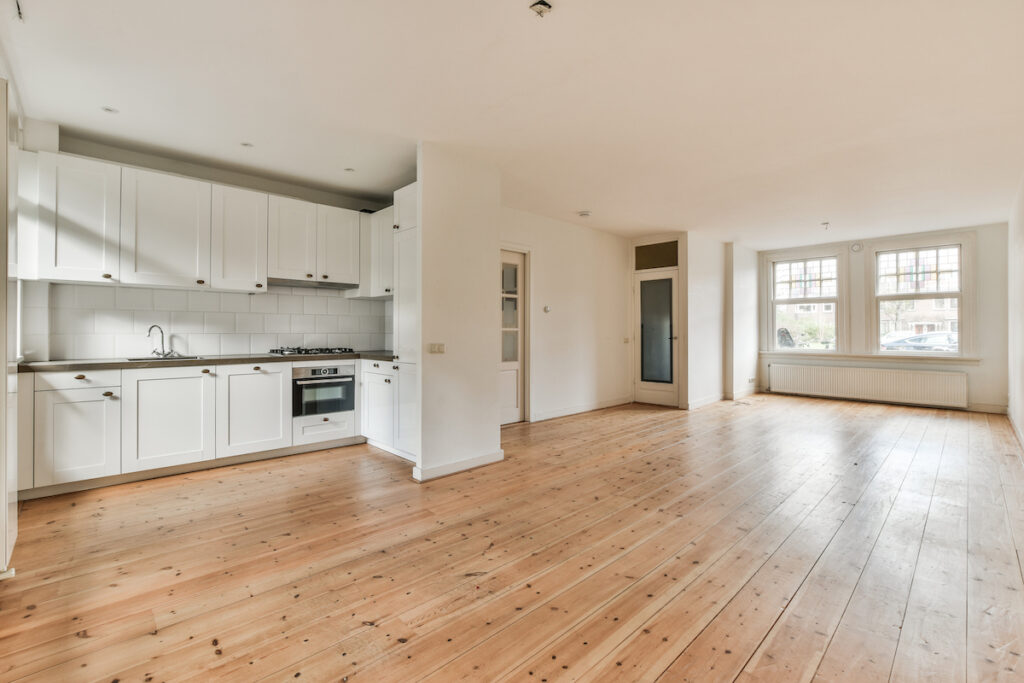
How to Arrange Your Kitchen Appliances in the Best Way Possible
Rearranging your kitchen layout is one of the best ways to start upgrading your living space. Apart from making your home more appealing, strategically placing your kitchen appliances helps improve navigation and makes preparing meals a lot easier. Reworking your kitchen arrangement is a precise art, and it entails fully understanding the purpose and layout of your space.
That being said, rearranging appliances, equipment, and other items can be overwhelming, especially for those with a limited kitchen area. Fortunately, there are some tips and tricks you can follow to plan your appliance placement and optimize your space. With this in mind, here are some ways that you can strategize a layout that works best for your appliances and all your kitchen needs:
Align Installation Needs with Your Floor Area
Sometimes, the appliances you have in your home are too big or too small for your current lifestyle. Perhaps you have a new family member, which could mean that you need a bigger fridge to accommodate additional nourishment needs. Alternatively, you could be downsizing and would be better off with appliances that don’t swallow up a smaller kitchen space. Before planning your kitchen layout, make sure that you are satisfied with the sizes of your current appliances. This will help you identify the best spots to place your larger appliances and help prevent obstruction in the kitchen. On top of that, planning around the size of your appliances allows you to determine whether it’s time to replace them with those more aptly sized for your situation.
Categorize Appliances Based on Use
A great way to keep your kitchen organized is by categorizing appliances based on their core functions. Ideally, it’s best to group items made for storage (refrigerators), cooking (ovens and stovetops), cleaning and waste management (dishwashers, garbage bins), and food preparation (cutlery, pots, and pans). Essentially, establishing these “zones” will help you determine the best placements for the rest of your appliances.
If you want to take categorization even further, you can organize your small appliances based on their purposes. For example, you can have a dedicated “beverage station” for your coffee makers, coffee grinders, juicers, and the like. Similarly, a breakfast corner can include appliances such as toasters, waffle irons, and kettles.
Don’t Let Appliances Interfere with Movement
A kitchen that’s difficult to navigate can affect the overall conduciveness of your space. If too many appliances are blocking your path, you might find cleaning up or preparing food to be more burdensome. Not to mention, an incohesive flow of movement could be a safety hazard if it causes you to trip over obstacles while handling items such as hot food or knives.
When planning your kitchen area, make sure that there’s ample space for the door swing of appliances such as ovens, dishwashers, and refrigerators. As a rule of thumb, you need to make sure that your large appliances are not obstructive and allow you to freely move when cooking, cleaning, and preparing meals.
Put Up Extra Shelves and Cabinets
One of the best ways to maximize your kitchen layout is by making use of your vertical space. You can revamp your kitchen and add extra shelving, which can hold anything from condiments to plates and mugs. In addition to shelving, you can also upgrade and expand your kitchen cabinets to make them suitable for holding small appliances. Placing appliances such as a microwave or coffee maker on a hanging cabinet keeps them within reach while keeping your counters clear for food preparation.
Determine Your Frequently Used Appliances
If you’ve been gifted an appliance such as a blender that you don’t really plan to use regularly, it’s best to keep it out of sight and stash it away until needed. Unused appliances can take up a lot of space, eventually making your kitchen look cramped and cluttered. If you can, keep your barely used appliances hidden away, sell them, or donate them to those in need. Additionally, you can replace some of your appliances with those that have multiple uses (i.e., multicookers and immersion blenders) to minimize clutter and save space.
Establish an ‘Appliance Garage’
It’s easy to simply hide away kitchen appliances in the attic if you don’t frequently use them, but it can be quite a challenge to bring them out for your next house party or baking session. As such, it may be ideal to establish an area in your kitchen that will serve as your “garage” for temporarily holding appliances. Your appliance garage can be as simple as a cupboard where small-to-midsized appliances like hand mixers and sandwich makers can stay out of sight in the meantime.
Improve Your Kitchen with Optimized Space
Planning a good kitchen layout is often tricky, especially if you have limited space to begin with. Still, no kitchen area is too constraining if you know how to place your appliances in a way that maximizes every nook and cranny. How you make your kitchen comfortable enough depends on you, but the tips mentioned above can guide you in arranging a space that promotes organization, cohesiveness, and an unimpeded flow of movement—all of which are necessary for elevating the kitchen experience.
Related Products
- Sold Out8% Off
 [wc-ps tag="span"]Compare
[wc-ps tag="span"]Compare- 6th Sense Technology
- Inverter Technology
- 6th Sense Fresh
- Quick Freeze and Quick Cooling Mode
- Independent Temperature Control
- 360o Air Flow
- Soft Touch Control Panel
- Glass Gold
Original price was: ₱69,998.00.₱64,400.00Current price is: ₱64,400.00.Refrigerator Capacity : 15cu ft. - 17.9cu ft.Other Technology : Inverter

